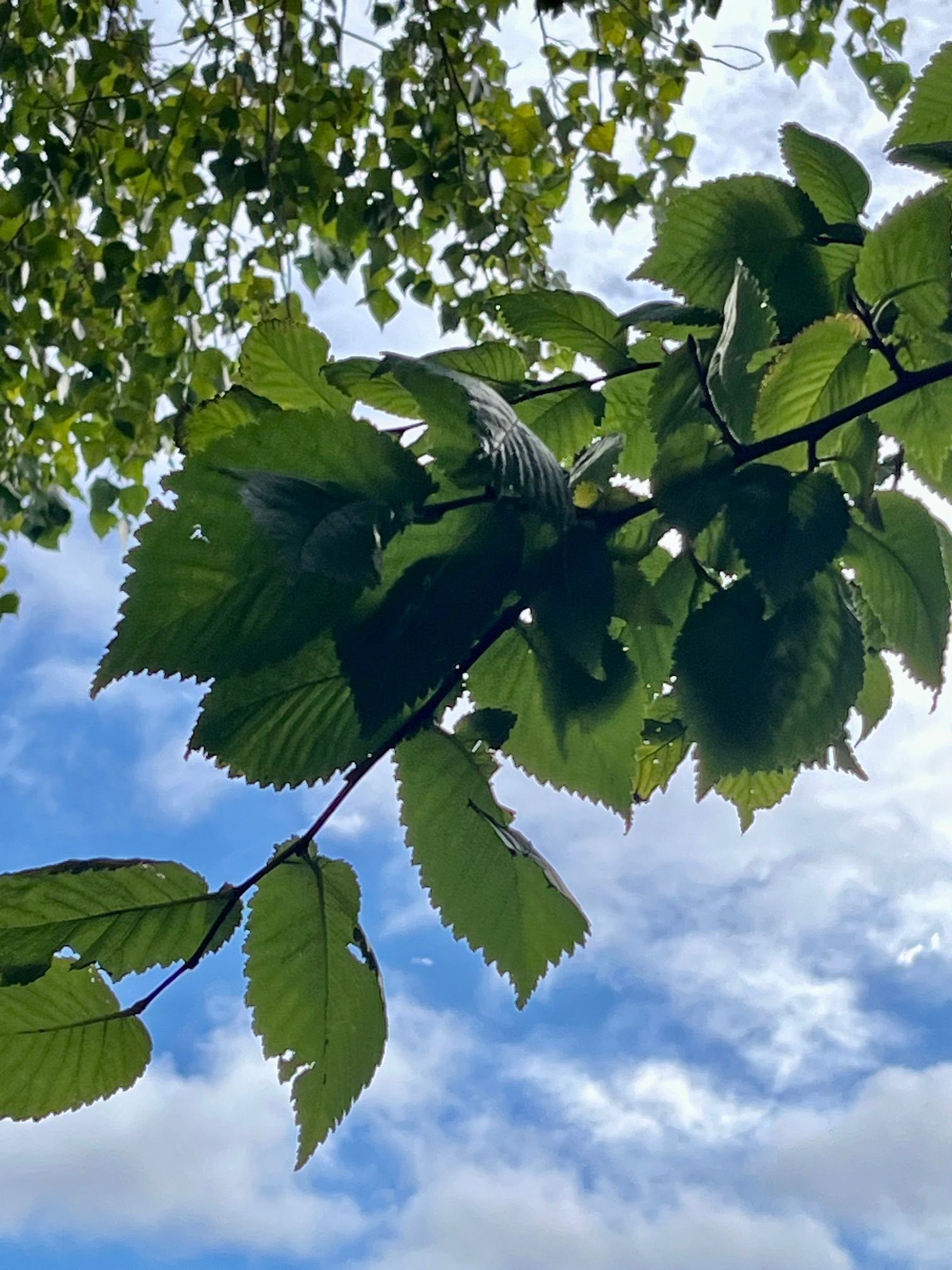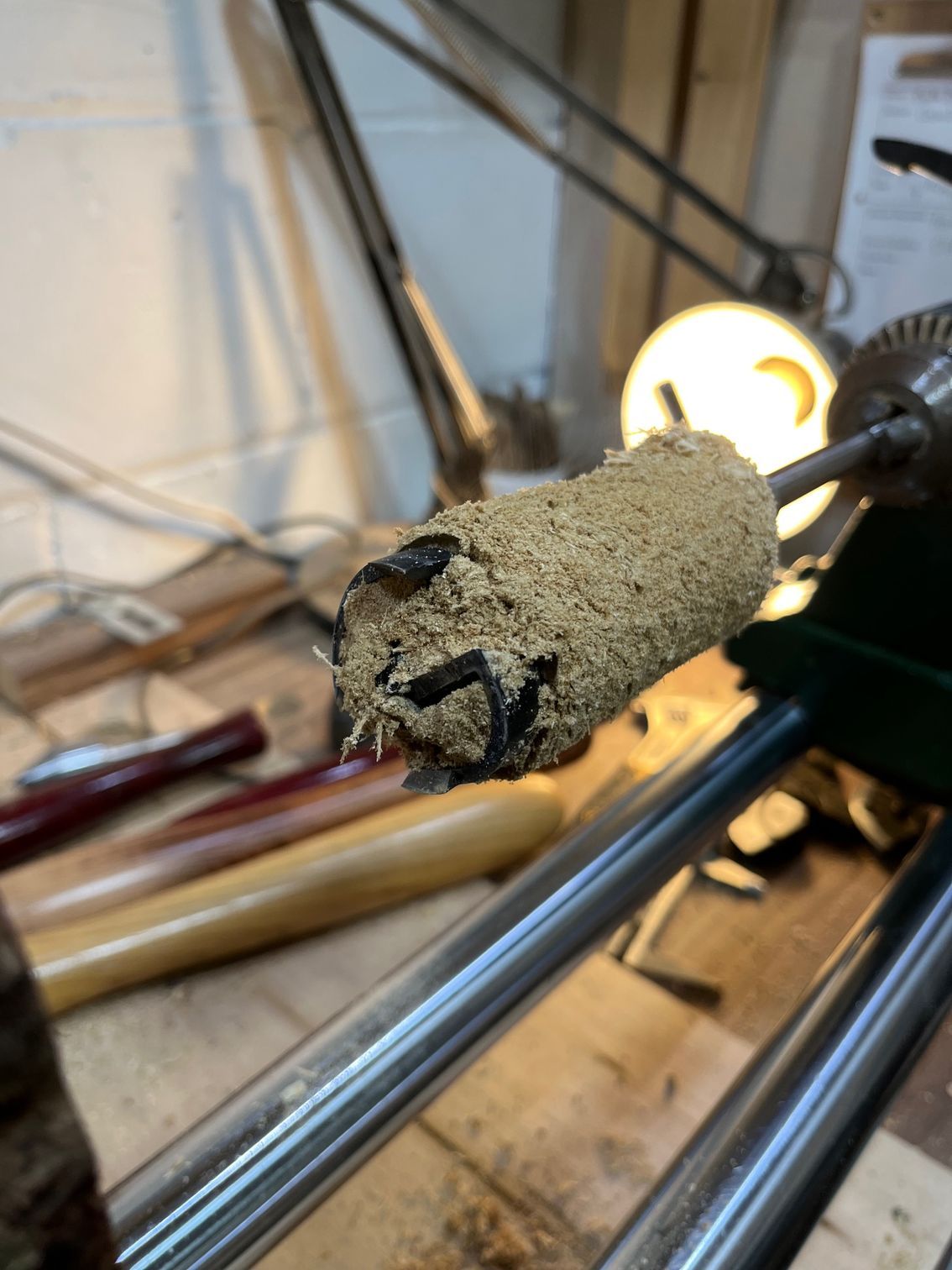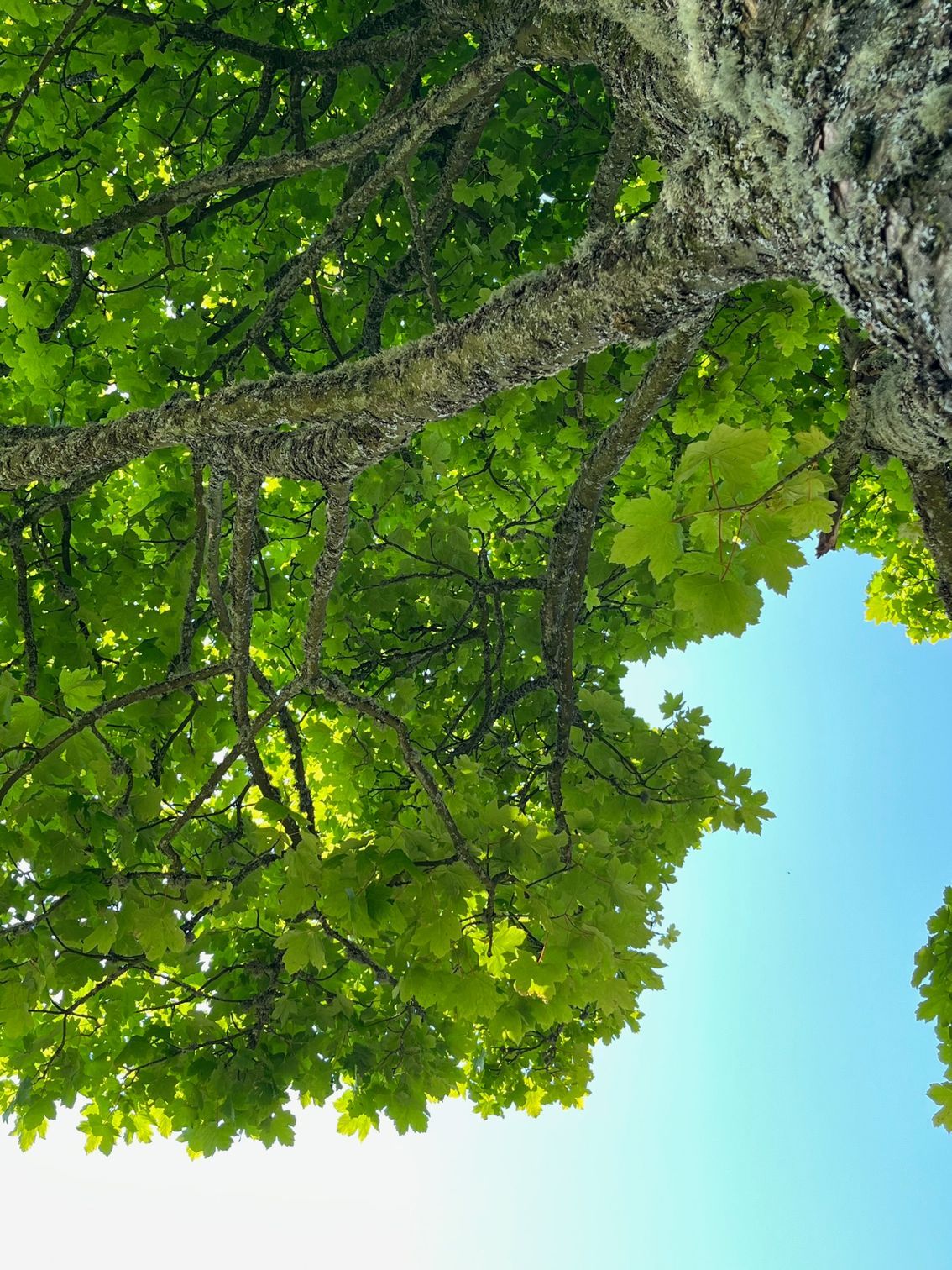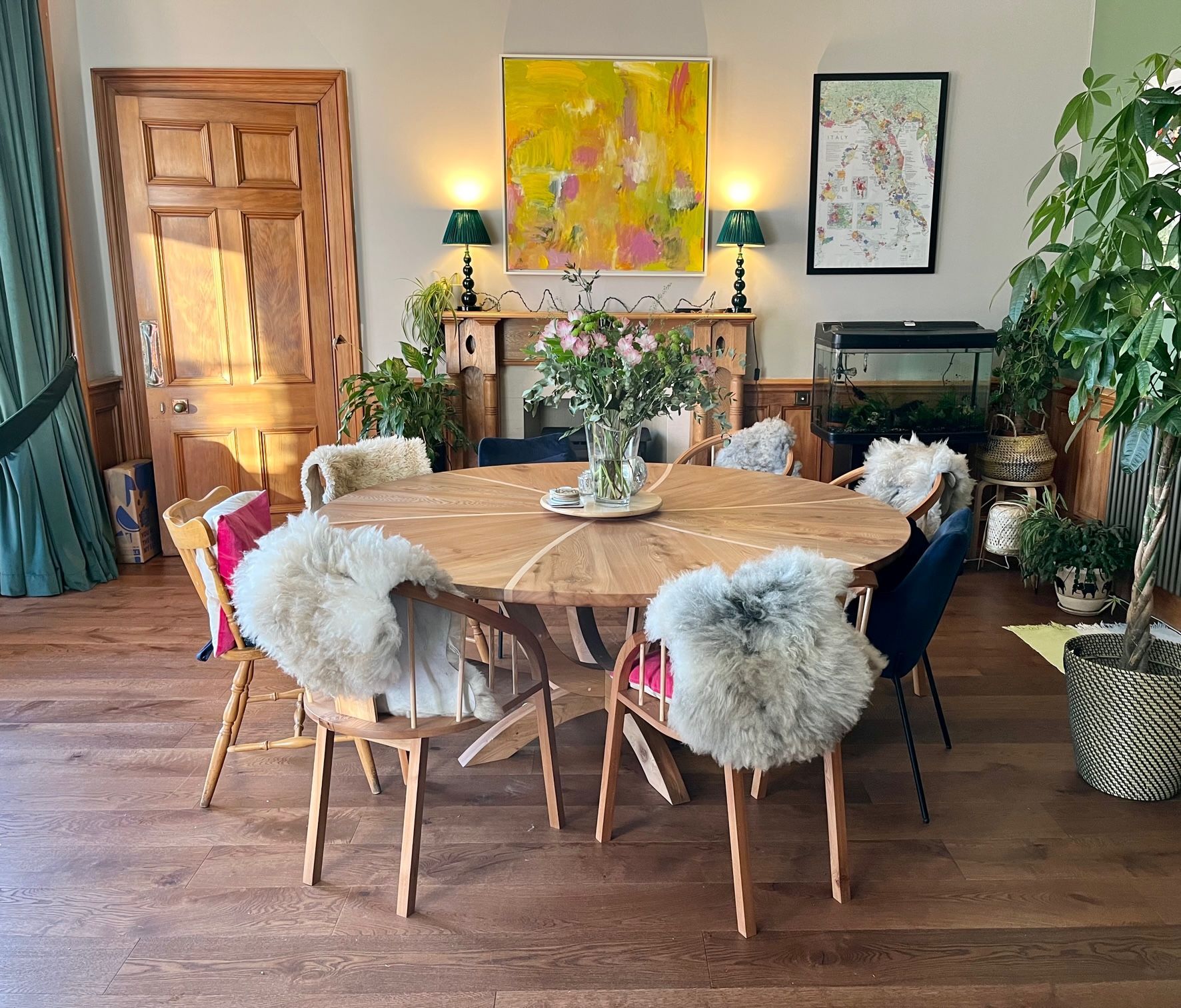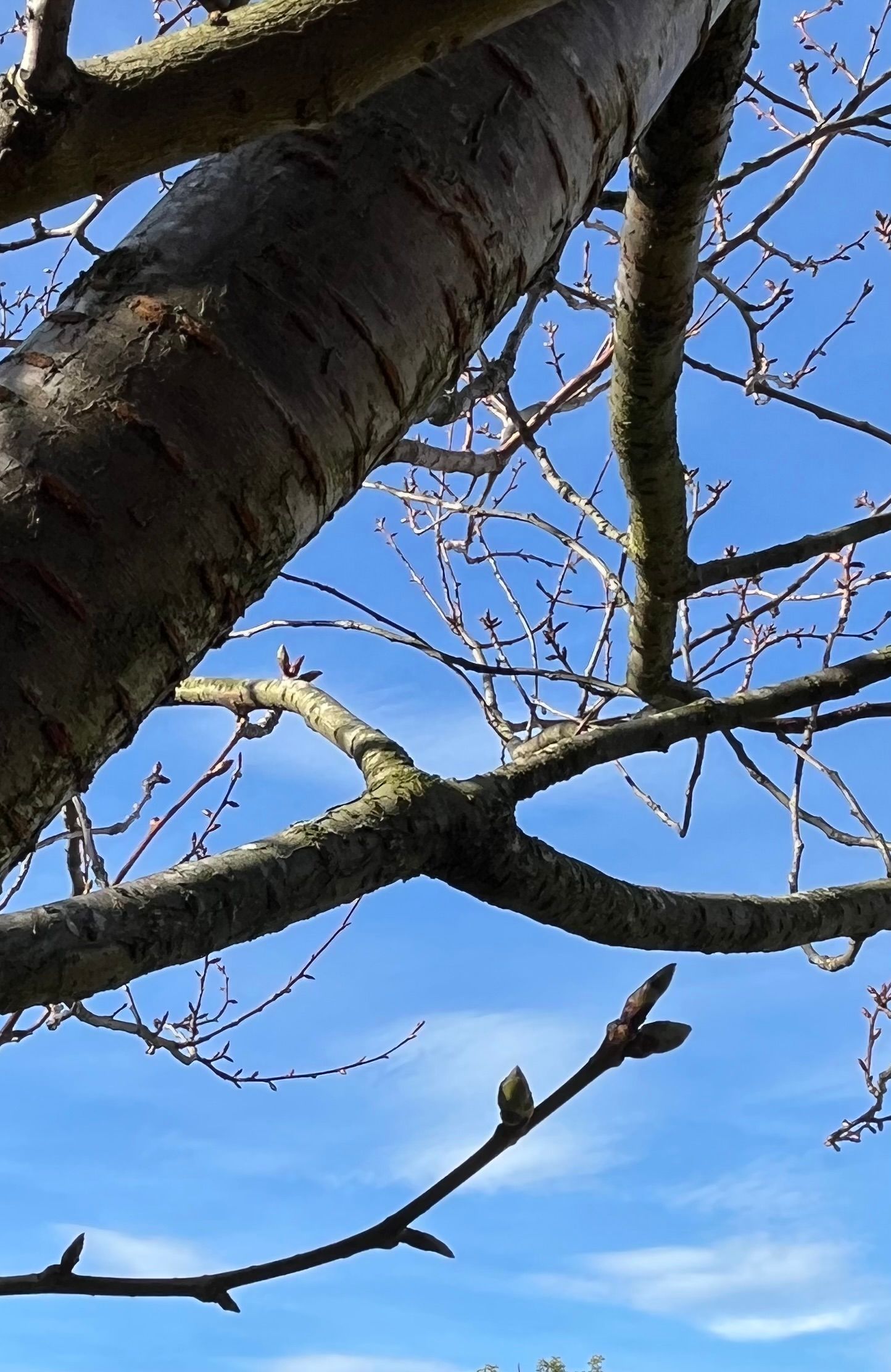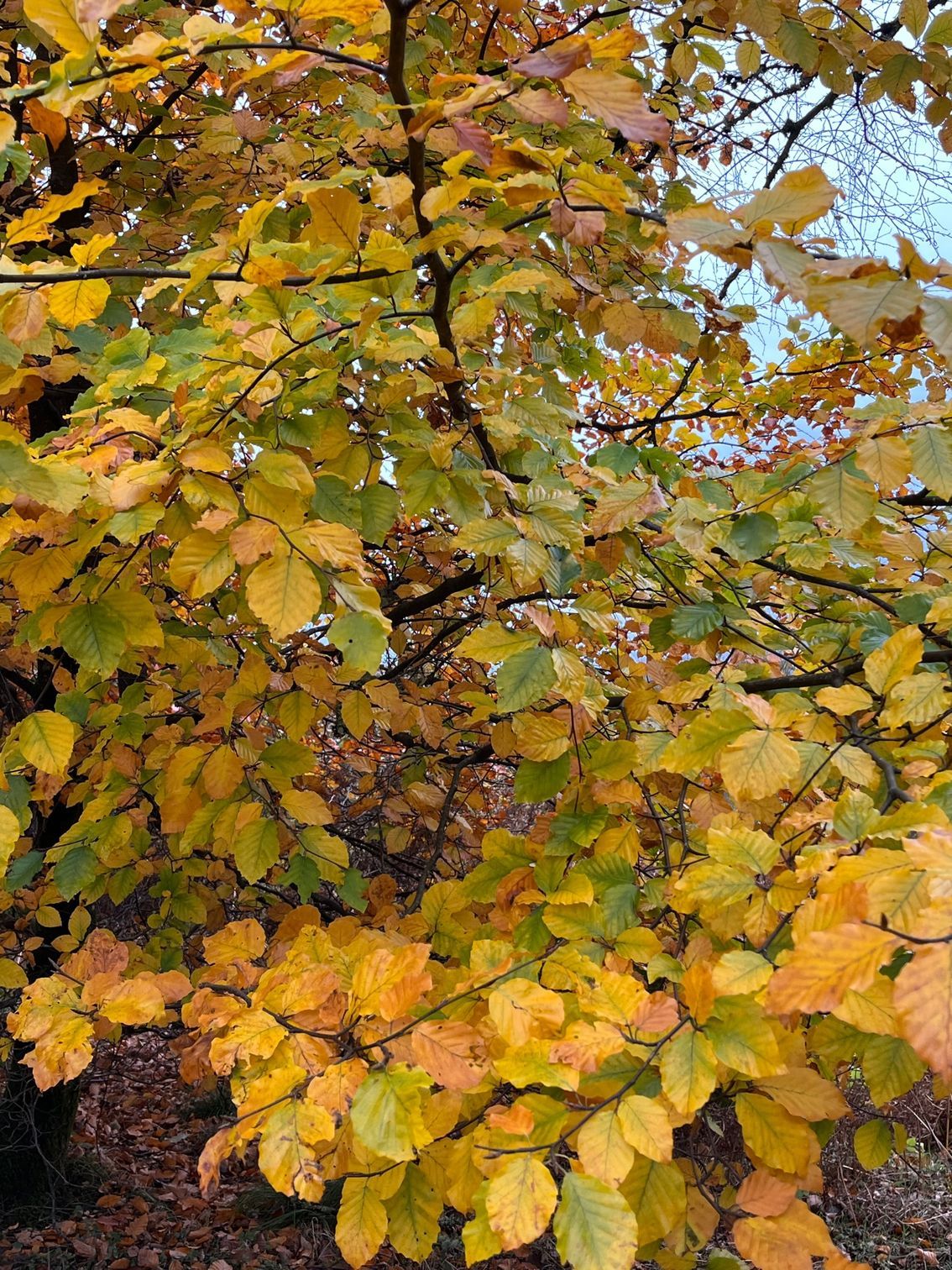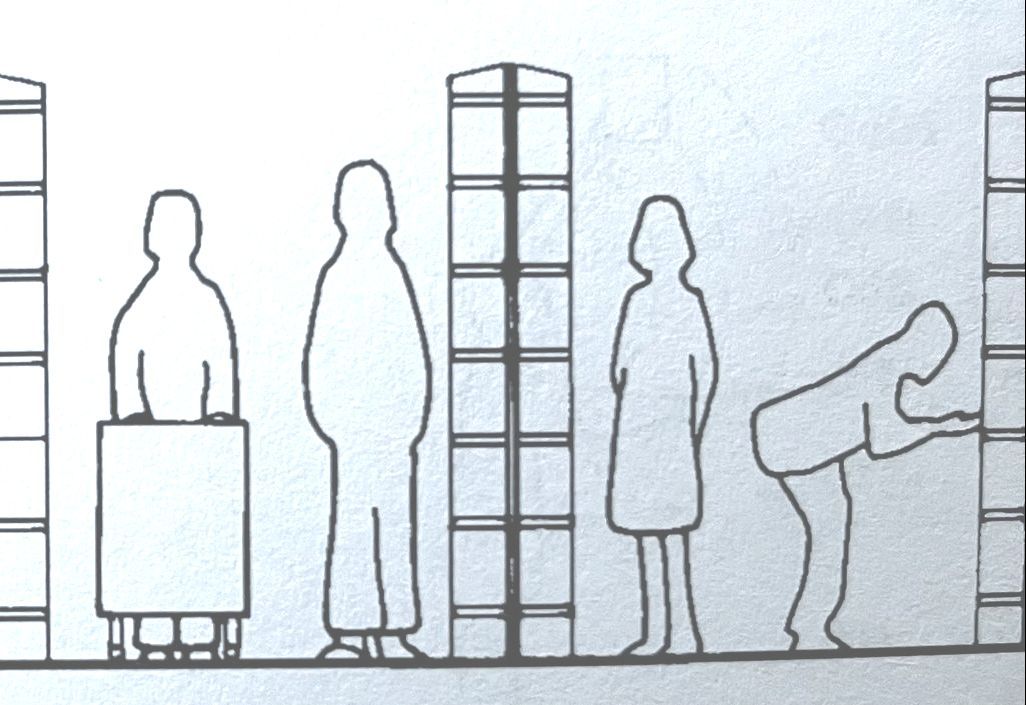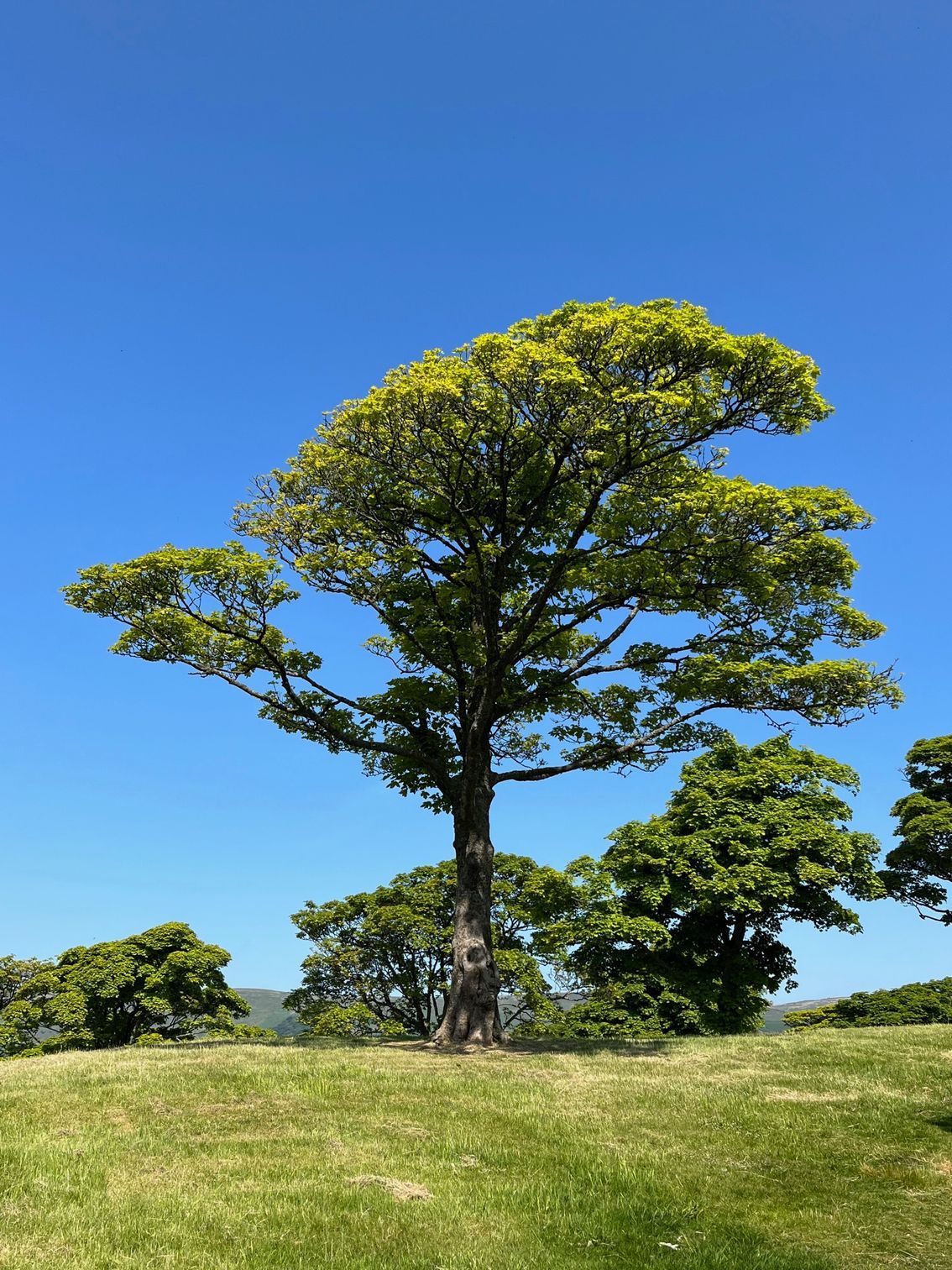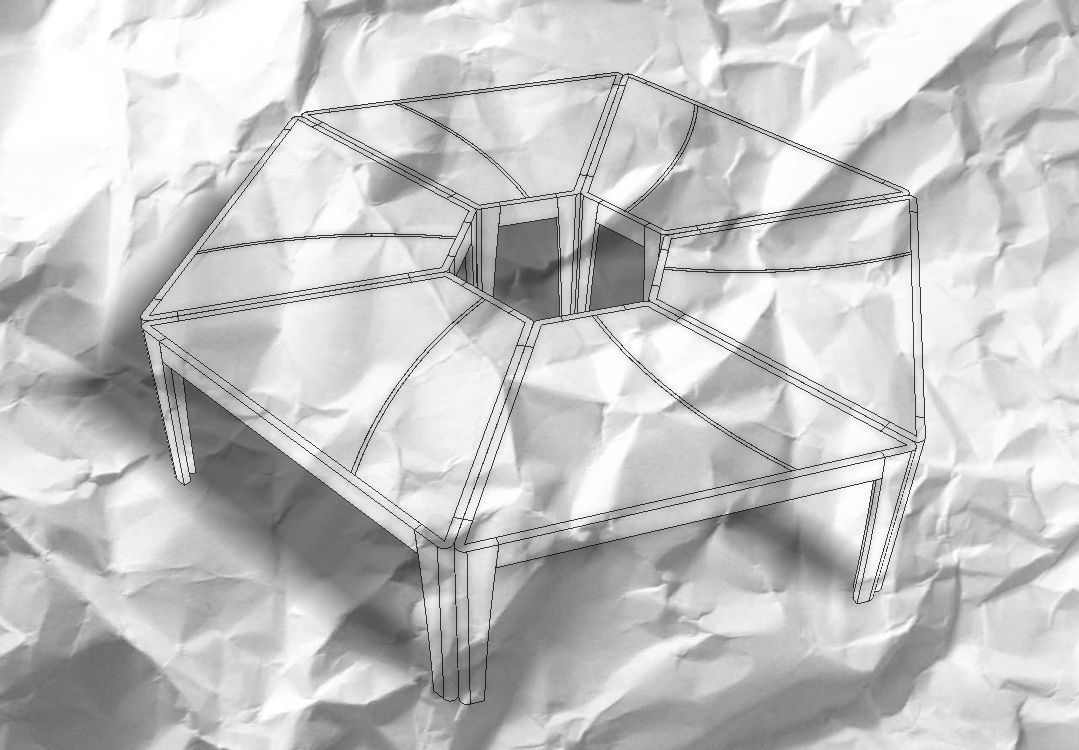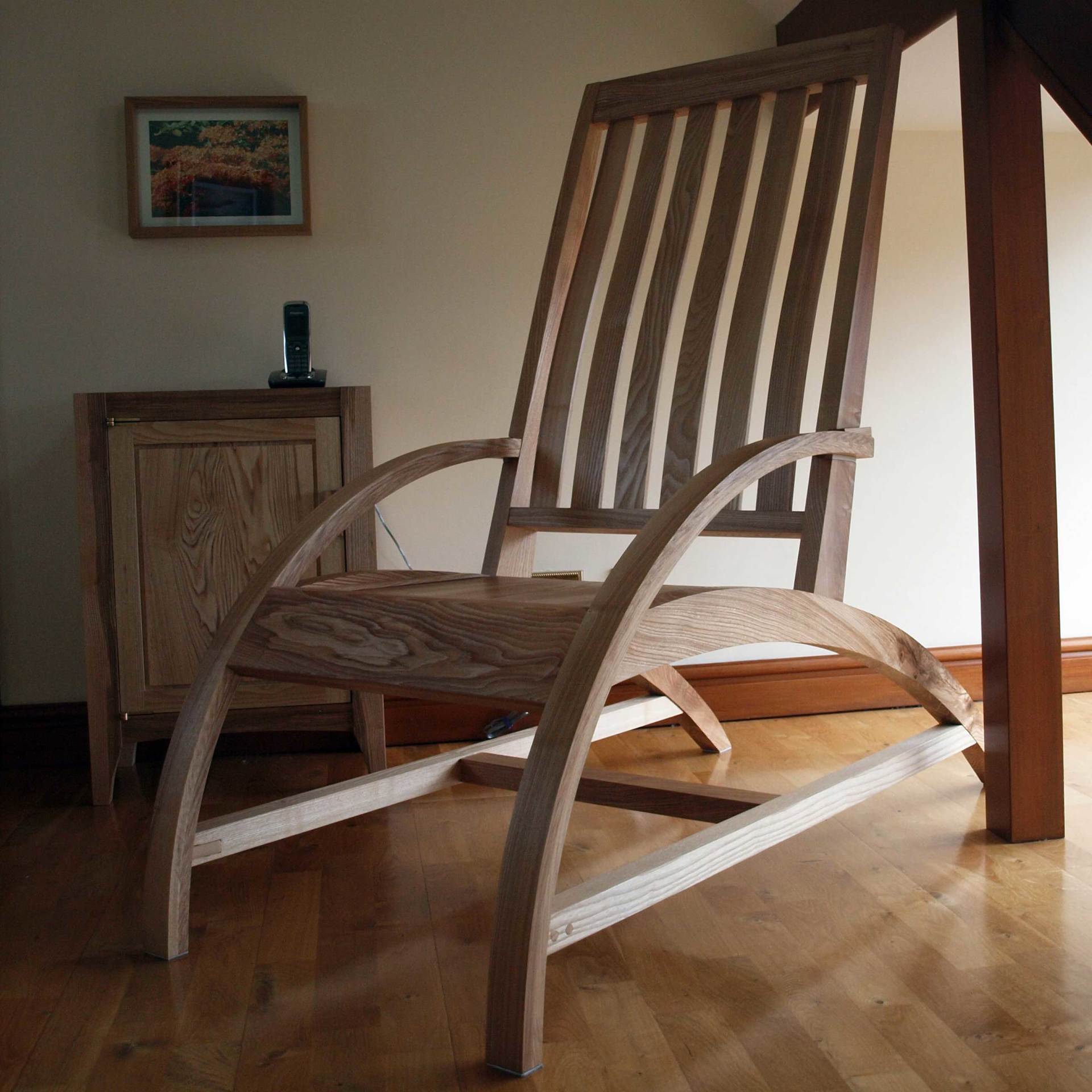SPRING BLOG 2022 : HOW TREES GROW
How tree's grow
A designer/maker’s role includes understanding the materials you are working with.
The timber I use is from local sawmills that supply timber from local sustainable sources.
Timber is a valuable and adaptable material source.
A beautiful and desirable natural renewable resource.
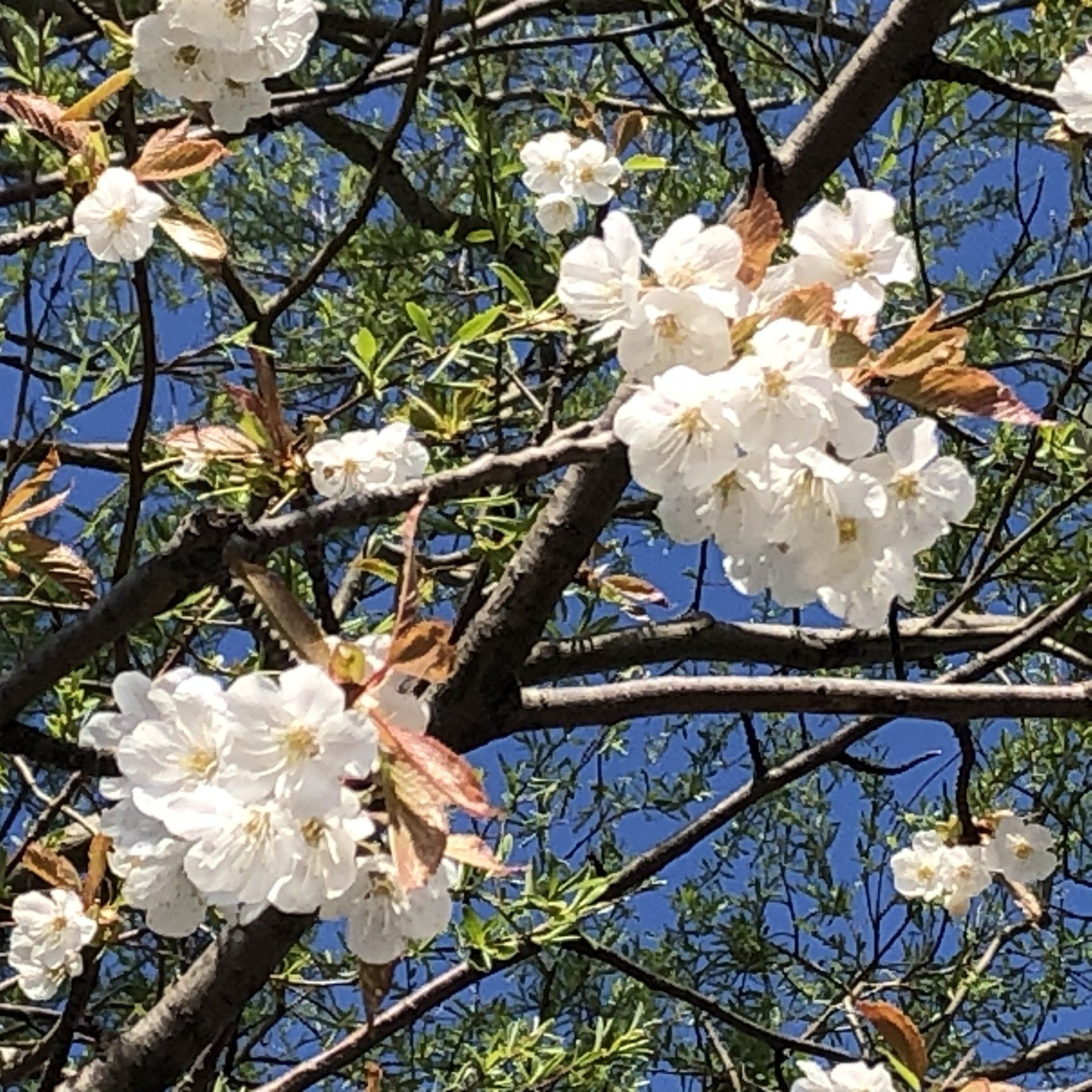
Trees
Trees are seed bearing plants and are divided into two groups.
The needle leaved coniferous tree known as softwoods. PINE
The broad-leaved trees known as hardwoods. These trees are either deciduous or evergreen. OAK
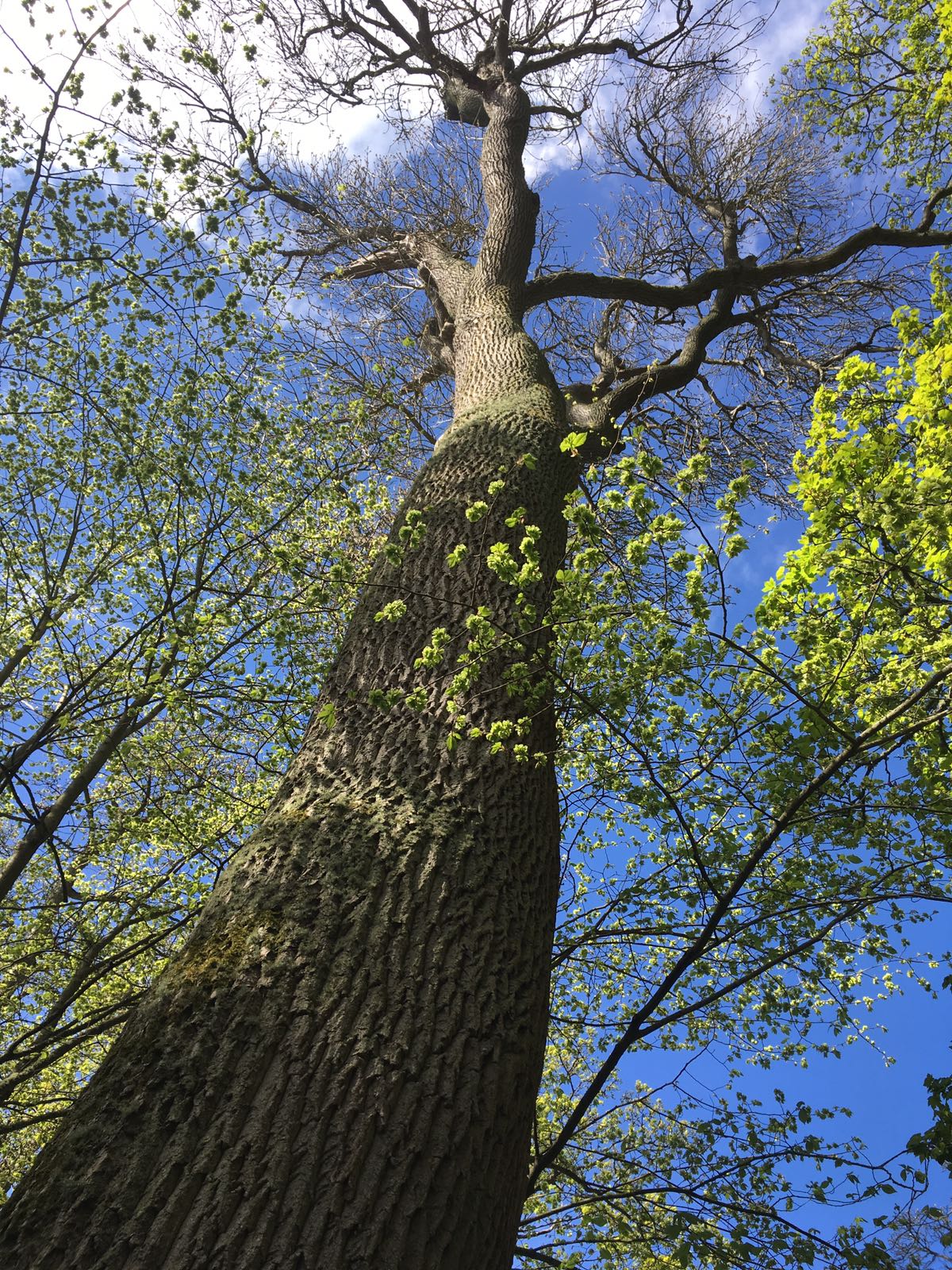
The living tree and the way trees grow
The formation of new wood grows on the outside of the tree underneath the bark. This layer is called the cambium. The growth happens by the supply of water and minerals from the roots and leaves.
The cambium splits into two as the tree goes through growth. The inner part of the cambium grows to become a wood cell. The outer part continues the cycle of life until it splits again the following year.
The UK has a temperate climate. Our trees growth starts each year when the leaf buds open until the leaves fall in Autumn.
New growth is called spring wood which are large cells and light in colour. Summer or Autumn wood are small cells, denser and darker in colour.
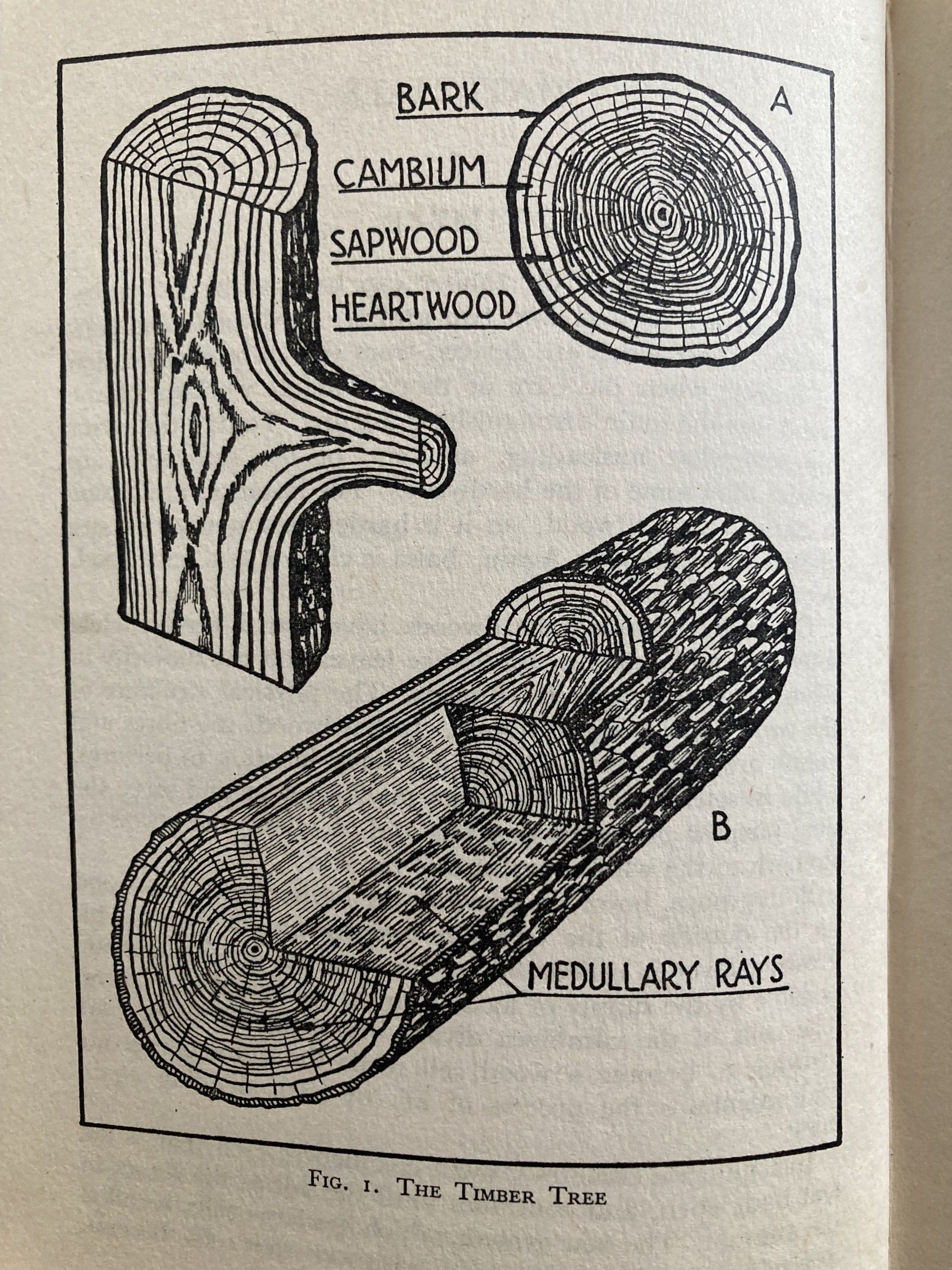
Illustration from Woodwork by W.L. Showell
An annual ring is formed which is one year’s growth.
A cross section of a tree has a visible band of lighter coloured wood on the outside called sapwood.
This is the new growth and can have 40 year's of annual rings within the sapwood.
The darker wood is called the heartwood, denser and the mature section of the tree. The Sapwood is considered poor quality.
Light coloured lines that radiate from centre of the tree are called medullary rays. These serve as to store food from the cambium to the heartwood.
In oak trees the rays are very visible and a decorative feature of the wood known as figured oak.
Welcome to my new blog series!!
Check out my next Summer blog in July
by Anna Nichols
Following Anna in her design studio, workshop and at local sawmills selecting timber

